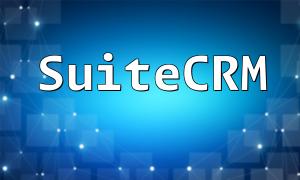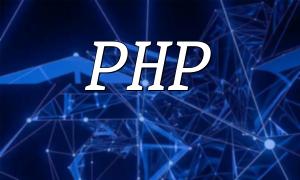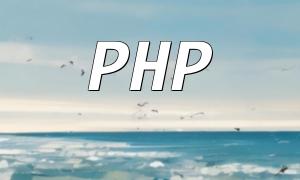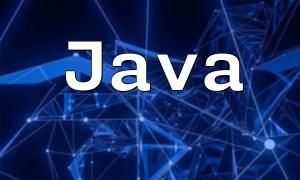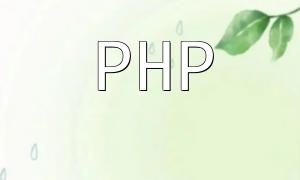With the rapid development of the internet, network security has become increasingly critical. Cross-Site Scripting (XSS) is a common and serious type of attack. This article discusses how to effectively prevent XSS attacks in PHP and CGI programming environments and provides practical code examples.
XSS attacks involve attackers injecting malicious scripts into websites that execute in users’ browsers. These scripts can steal user information, manipulate web content, and more. XSS mainly falls into three categories: Stored, Reflected, and DOM-based.
Multiple layers of defense are necessary to effectively prevent these attacks.
User input is the primary vector for XSS attacks. Using PHP and CGI functions to filter and validate inputs is essential to prevent malicious code injection.
// PHP filter special characters
function filter_input($input) {
return htmlspecialchars($input, ENT_QUOTES, 'UTF-8');
}
// PHP validate input length
function validate_input($input, $min_len, $max_len) {
$input_len = mb_strlen($input, 'UTF-8');
if ($input_len < $min_len || $input_len > $max_len) {
return false;
}
return true;
}
// CGI filter special characters
sub filter_input {
my ($input) = @_;
$input =~ s/</</g;
$input =~ s/>/>/g;
$input =~ s/'/'/g;
$input =~ s/"/"/g;
return $input;
}
// CGI validate input length
sub validate_input {
my ($input, $min_len, $max_len) = @_;
my $input_len = length($input);
if ($input_len < $min_len || $input_len > $max_len) {
return 0;
}
return 1;
}
Encode output data to ensure browsers do not interpret it as executable code, preventing malicious script execution.
// PHP output encoding
function output_encode($output) {
return htmlspecialchars($output, ENT_QUOTES, 'UTF-8');
}
// CGI output encoding
sub output_encode {
my ($output) = @_;
$output =~ s/</</g;
$output =~ s/>/>/g;
$output =~ s/'/'/g;
$output =~ s/"/"/g;
return $output;
}
Configure HTTP response headers such as Content-Security-Policy (CSP) to restrict resource loading on the page, effectively reducing XSS risks.
// PHP set Content-Security-Policy header
header("Content-Security-Policy: default-src 'self'; script-src 'self' 'unsafe-inline'");
# CGI set Content-Security-Policy header
print "Content-Security-Policy: default-src 'self'; script-src 'self' 'unsafe-inline'\n";
Enhance session security to avoid session hijacking. PHP provides functions like session_regenerate_id() and session_set_cookie_params() for this purpose.
// PHP set secure session parameters
session_set_cookie_params(0, '/', '', true, true);
session_regenerate_id();
Configure firewalls at the server level to limit remote access ports such as SSH and FTP, decreasing attack surface.
XSS attacks are a common and serious security threat. Through input validation, output encoding, HTTP header settings, secure session management, and firewall protection, website security can be significantly improved. Developers should stay vigilant and follow security best practices to safeguard user data and applications.
This article provides practical methods to prevent XSS in PHP and CGI environments, aiming to assist developers in building safer web applications.


